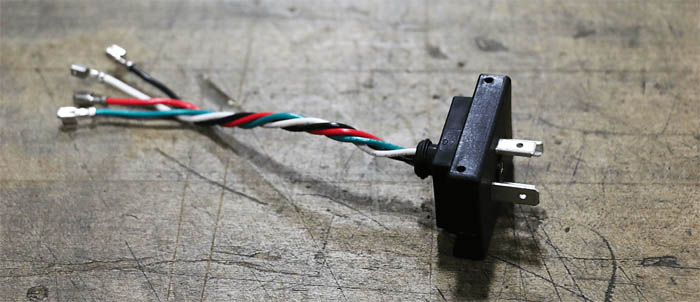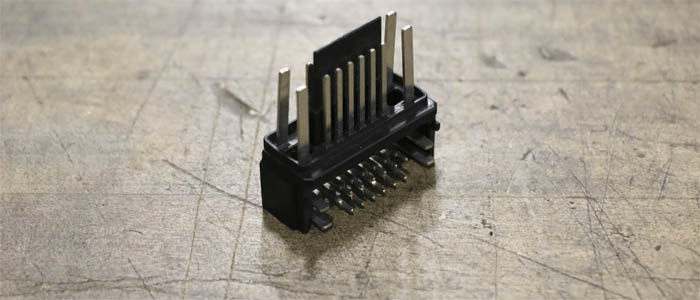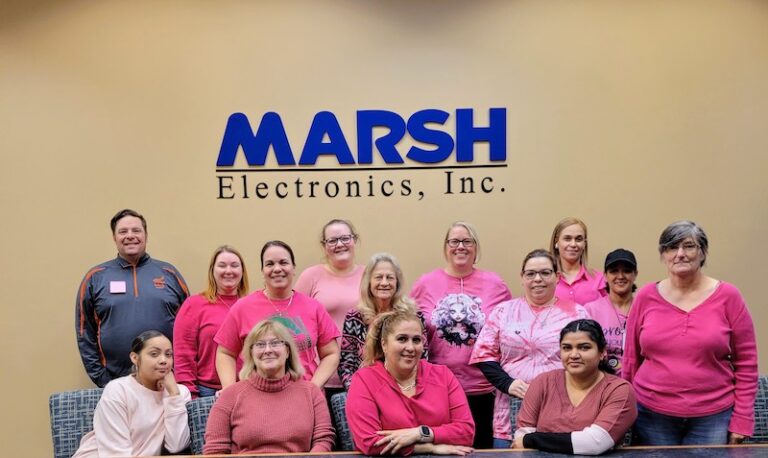Three Reasons t Seal Electronics with Vacuum Impregnation
On average, a new automobile has approximately 40 electronic controllers, five miles of wiring, and more than 10 million lines of software code. Electronics, coils, and wires used in automobiles will expand to meet fuel efficiency and consumer standards.
In these parts, metal pins and wires are embedded in the plastic housing (Fig. 1). When the parts experience heat during manufacturing or normal use, the plastic and metal expand at different rates. This expansion creates microscopic voids between the materials. While these leak paths are unavoidable, they can cause a field failure if not sealed. The massive expansion of these parts in automotive electronic components has made sealing leak paths critical.

The two most common methods of sealing these voids are potting and vacuum impregnation. While potting is a popular method, the process has some disadvantages that vacuum impregnation addresses. Here are the three main reasons why vacuum impregnation is the preferred method to seal electronics.
Seal Leak Paths
Vacuum impregnation is a subsurface process that seals leak paths by filling the void between the two dissimilar materials. If not sealed, then fluids may penetrate the connector. Vacuum impregnation prevents fluids from leaking by sealing the leak paths.
Prevent Corrosion
From either oxidation or galvanization, corrosion reduces current-carrying capacity and causes the part failure. Vacuum impregnation prevents corrosion by sealing the leak path that oxygen and moisture can follow.
Enable Design Freedom
Vacuum impregnation does not change the part’s dimensions, allowing engineers to design and make parts to the net shape. Since the process does not leave any sealant on the part’s surface, an engineer does not need to incorporate dimensional allowance (Fig. 2).

In Summary
The surge in automotive electronics has made porosity sealing crucial. Properly sealing the porosity ensures the component’s quality meets its performance requirements. Vacuum impregnation is the most effective solution at sealing leak paths and preventing corrosion while enabling design freedom.
For more information on vacuum in pregnant and technology, visit godfreywing.com. Look for more information in future issues.





























































